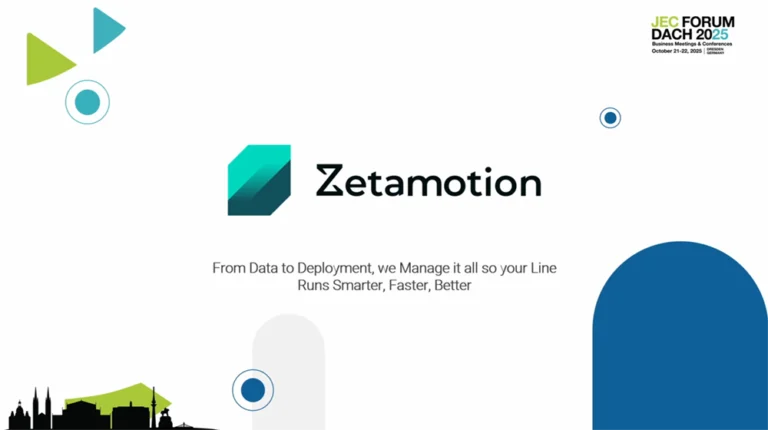Do You Need Perfect Defect Definitions to Use AI Inspection?
If you’ve avoided AI-based quality checks because you think every defect must be listed first—this webinar will change your mind.
In fact, many believe AI inspection needs a full list of problems before it can work. As a result, projects often stop before they start. Teams argue over wording, deal with makers, and try to agree on details that are hard to fix in advance.
Therefore, in this session, Dr. Wilhelm Klein and the Zetamotion team will challenge that idea. Also, they will show how Spectron™ handles changes and helps teams agree as they go.
On the other hand, many industries face a hidden problem called “defect consensus.” Sites, makers, and shifts often see the same flaw in different ways. So, this leads to delays, uneven results, and slow use of faster inspection tools.
In addition, Spectron offers scanning and visual tools that make defects clear for everyone. Instead of aiming for a perfect list at the start, you can begin with a few examples and simple notes. Over time, the system guides teams to a shared idea—without endless meetings.
For example, one aviation supply chain used Spectron to check coated panels from several makers. Here, the system built shared ideas, improved accuracy, and removed guesswork. In the end, this sped up setup, built trust, and gave everyone one clear record of inspection results.
🎯 What You’ll Learn:
- Why “perfect definitions” slow down AI adoption—and what to do instead
- The hidden cost of human-based inspection variability
- How Spectron builds shared defect definitions from simple starting points
- Visual segmentation tools for collaborative QA and supply chain consistency
- Case study: coated panels for aviation supply chains
“Consensus doesn’t need to be perfect up front—it needs to be reachable. That’s what Spectron enables.” — Dr. Wilhelm Klein
💡 Watch first part of the webinar here.



